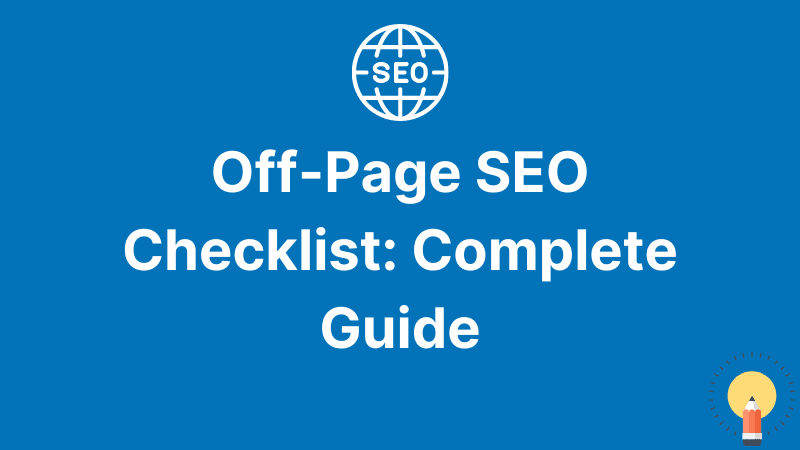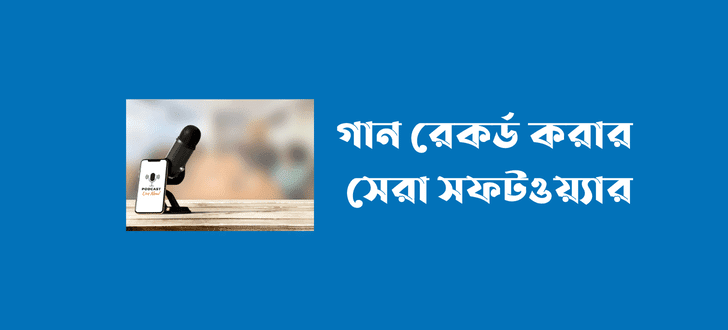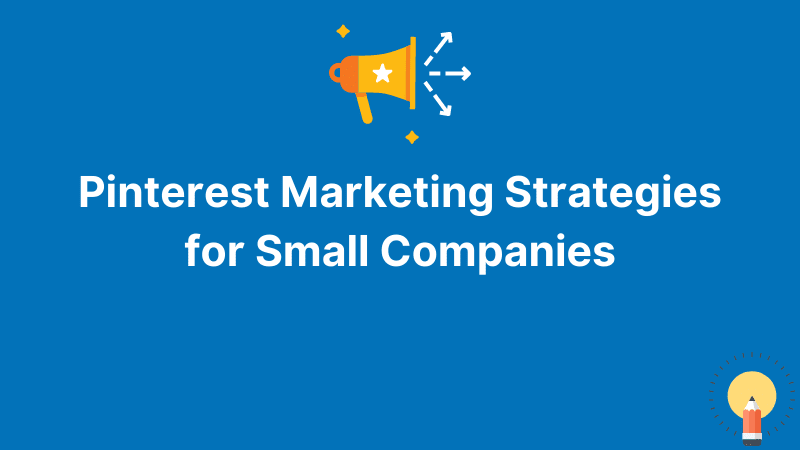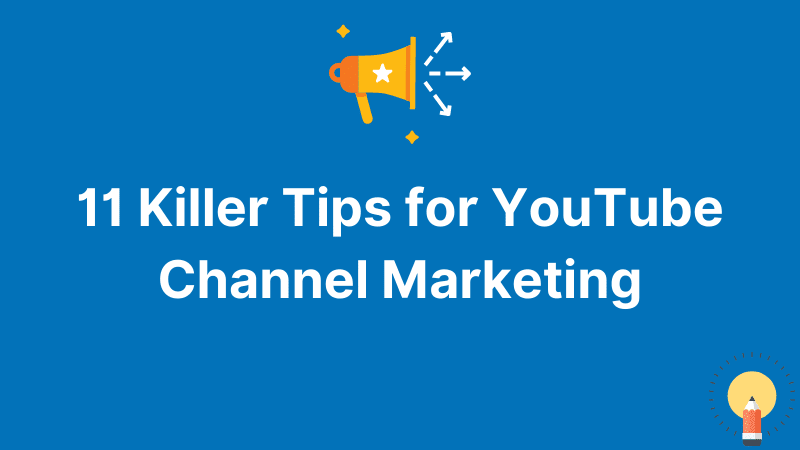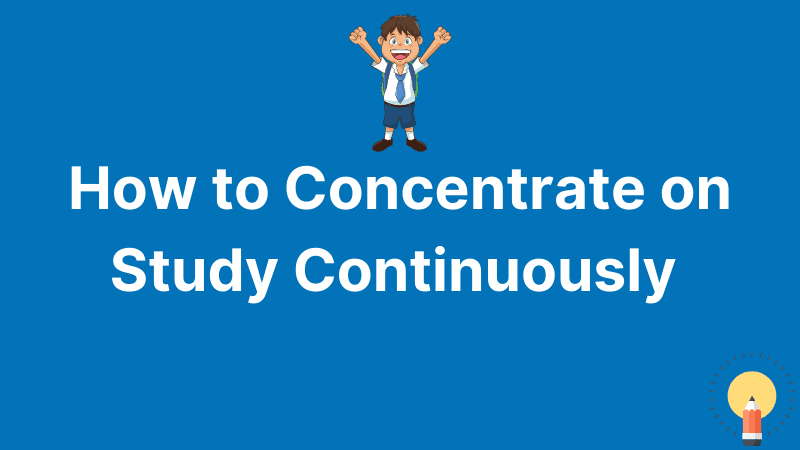Off-Page SEO Checklist: 7 Success Strategies [2024]
Off-page SEO techniques are steps you can perform to improve the ranking of your website in search engine results pages.
Off-site SEO parameters such as backlinks and reviews are thought to influence ranking by up to 50%. Algorithms and ranking variables are continually changing, but they are now beneficial.
Obtaining links from credible and trustworthy websites, brand mentions, and extra shares of the material, all of which provide a "vote of confidence" from others.
This off-page SEO checklist consists of 7 essential steps:
1. Evaluate your backlink profile
Before you begin improving your off-page SEO, you need first examine your backlink profile, which you can do using one of these free tools:
You can also explore your backlinks using a Freemium service, such as Ubersuggest.
You should generally utilize a tool like Ahrefs, Moz, or Ubersuggest for the quickest results and analysis. Keep in mind that free versions of some of these programs, such as Moz, would restrict the amount of data you can examine and explore.
Whatever tool you choose, you should have access to the relevant information:
Export this data to a convenient place, such as a Google Sheet, for easier access. You'll also get a DA or DR score for your site if you utilize a service such Moz or Ahrefs. These ratings assess the authority of your website based on its backlink profile.
A higher score equates to more influence. While Google does assess a site's overall authority or trustworthiness, it does not evaluate DA or DR when deciding a website's ranking in search results. These metrics are exclusive to Moz and Ahrefs and will be used to assess your and your competitors' backlink profiles.
After you have finished reviewing your backlink profile, go to the following stage in our off-page SEO checklist.
2. Check your competitors' backlink profiles
Then, examine your competitors' backlink footprints.
To check your competitors, try a tool like Ahrefs, Moz, or Ubersuggest. Google Search Console, on the other hand, is not a viable solution for investigating a competitor's backlink profile. This is due to the fact that Google Search Console data is only accessible to the site owner or webmaster.
While you should explore the backlink profiles of your direct rivals, you should also look into the backlink profiles of your online competitors. These are the opponents you will face in search results. There will be some crossover between your direct competitors and your online competitors in certain circumstances.
3. Improve your internal linking
Before you begin spending effort in content production, advertising, or outreach, you must optimize the internal links on your website. This on-page SEO work is important for your off-page SEO efforts since internal linking assists in content discovery. Internal linking allows search engine crawlers to locate, interpret, and index your material, which can improve sites rank better in search results.
Furthermore, you transmit link equity (also known as link juice) from high-authority sites, which might help you rank higher.
4. Fix your 404 errors
Aside from internal linking, your company should pay attention to broken links, often known as 404 errors.
A broken link does not go anywhere on your site except to a 404 page. While these pages help keep people on your website by giving a list of related sites, they provide little value to users and act as a red signal for web spiders. Not to mention that broken links might have an impact on your off-page SEO.
If a competitor notices a domain linked to your site through a broken link, that competition has a chance of reaching out to you. That outreach opportunity can cost your company more than just a connection, but perhaps future clients. That is why you must identify and repair broken connections.
5. Optimize your site's on-page SEO
Off-page SEO and on-page SEO work hand in hand to help your website position high in search results.
As a result, both need your focus. If you just optimize one, your site will not attain its full potentiality of website traffic, online leads, and money. Follow this checklist for on-page SEO and concentrate on the following practices:
6. Assess your link building options
Off-page SEO is associated with link building.
While it is one of the most prevalent tactics for enhancing off-page SEO, it is also one of the most challenging since it involves time, expertise, and the cooperation of individuals who are not under your control. When it comes to link building, you have a few possibilities, which include:
- Broken hyperlinks
- Outreach
- Citations from the community
- Paid promotion
- Blogging as a guest
- Sharing on social media
In most circumstances, your company will use many link-building strategies. However, whatever ones you use will be determined by your organization and you. For example, if you don't have the time or resources to guest blog, you may instead concentrate on broken links and outreach.
Weigh your alternatives in this section of the off-page SEO checklist. Consider which tactics will provide you with the greatest benefit. But, when it comes to what you can achieve, be realistic.
Perhaps you'd want to guest blog, but with your current duties, this isn't a viable plan - until you opt to collaborate with a digital marketing business.
7. Steal your competition's links with broken link building
Broken link creation is one of the simplest strategies for your company to increase its backlink profile. Broken link construction may be broken down into the following steps:
- Find a site from which you'd want to gain a link (or examine a competitor's backlink profile).
- Check for broken external links using tools such as Xenu, Ahrefs, and Moz.
- Find a page on your website that may serve as a replacement for a broken link.
- Send an email to the writer, editor, or webmaster informing them of the broken link and your website.
- The nice thing about broken link building is that you can target broken links in large quantities. If you locate a broken link, you may see what other sites connect to it and contact them with your repair.
In general, you should begin by using a program like Dr. Link Checker or Check My Links to locate your first broken link. However, after you've identified the initial link to target, you'll want to utilize Ahrefs to identify all of the websites and pages that are redirecting readers to that broken page. In addition to employing these tools, you should create some templates to help with your outreach efforts.
You can utilize email templates in Gmail, for example, to fast track this link development method.

